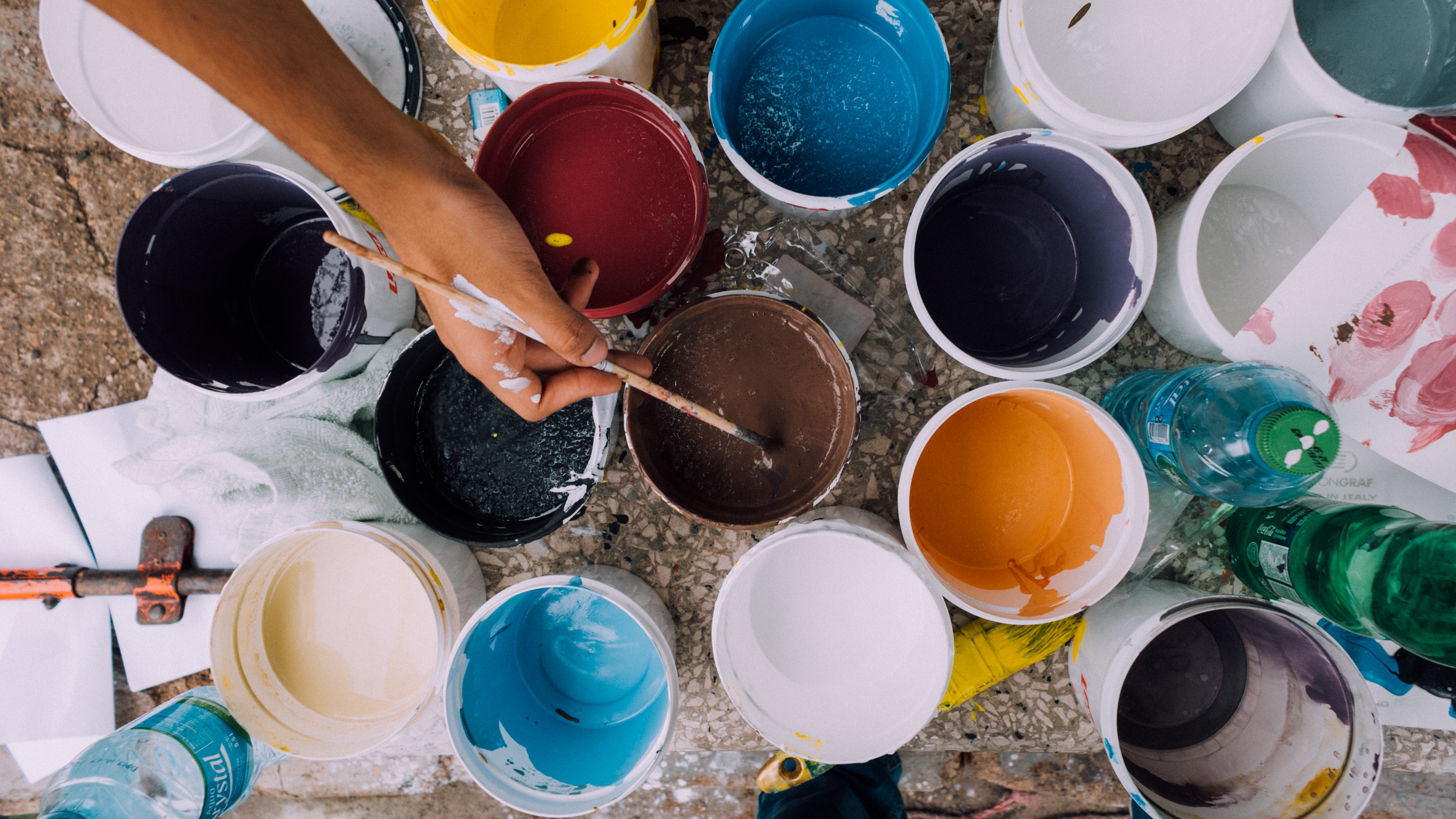Want a more peaceful and productive work environment? Change the color.
As a graphic designer, it’s my job to introduce color into projects -- in logos and brand identities we craft, on the marketing collateral we design and even on the websites we build for clients.
The use of color in marketing is subject to both the time-tested rules of design principles and the tastes and preferences of individuals. Some colors will always work well together; others will always clash. Each of us will have colors that we naturally gravitate towards, and others that put us off completely.
Our work environments, it would stand to reason, are subject to the same sorts of design forces, and are as able to elicit a response from us as our favorite (and least favorite) colors do in the realm of design. In a recent Inc. article, “These Global Brands Have Tapped Into Something With Their Office Color,” Jeff Pochepan explains that for many companies, the choice of color in the workplace can change the dynamics of productivity, creativity, and emotion with their employees.
Look around your office -- do you have specific places where you feel more productive or creative than others? It might be the walls. Warm color tones make employees more cheerful, energetic, productive and creative. While, cool color tones boost creativity and teamwork yet enable employees to have a chill and relaxing environment. Too much of a good thing, though, can impact productivity negatively … as can neutral colors, like gray or brown.
Psychologists have observed that color can also change the feel and perception of the temperature of a space. People from a hot environment with cooler color tones offices feel less hot and vice versa. It’s all about, as famous psychologist in color theory Angela Wright explains, color intensity.
There are four psychological primaries, each which affects some aspect of our being. They are: red -- which affects the body; blue – the mind; yellow -- emotions, ego and self-confidence; and green -- balance. So, what does that mean? While primary colors stimulate the individual, high and low saturation intensities are the ingredients that truly stimulate and soothe our mind, body, balance, and emotions. There’s obvious science at play here, but there’s objectivity too. Color is very personal, and we are all born sensing color in our own way.
Color is all around us, so I find it exciting to understand the role it plays in affecting the personalities of myself and/or my colleagues. Here at T/K, we were thoughtful about our color choices when designing our space. What about you and your workspace? Do the colors in your space affect your team dynamics? Tell us how.

